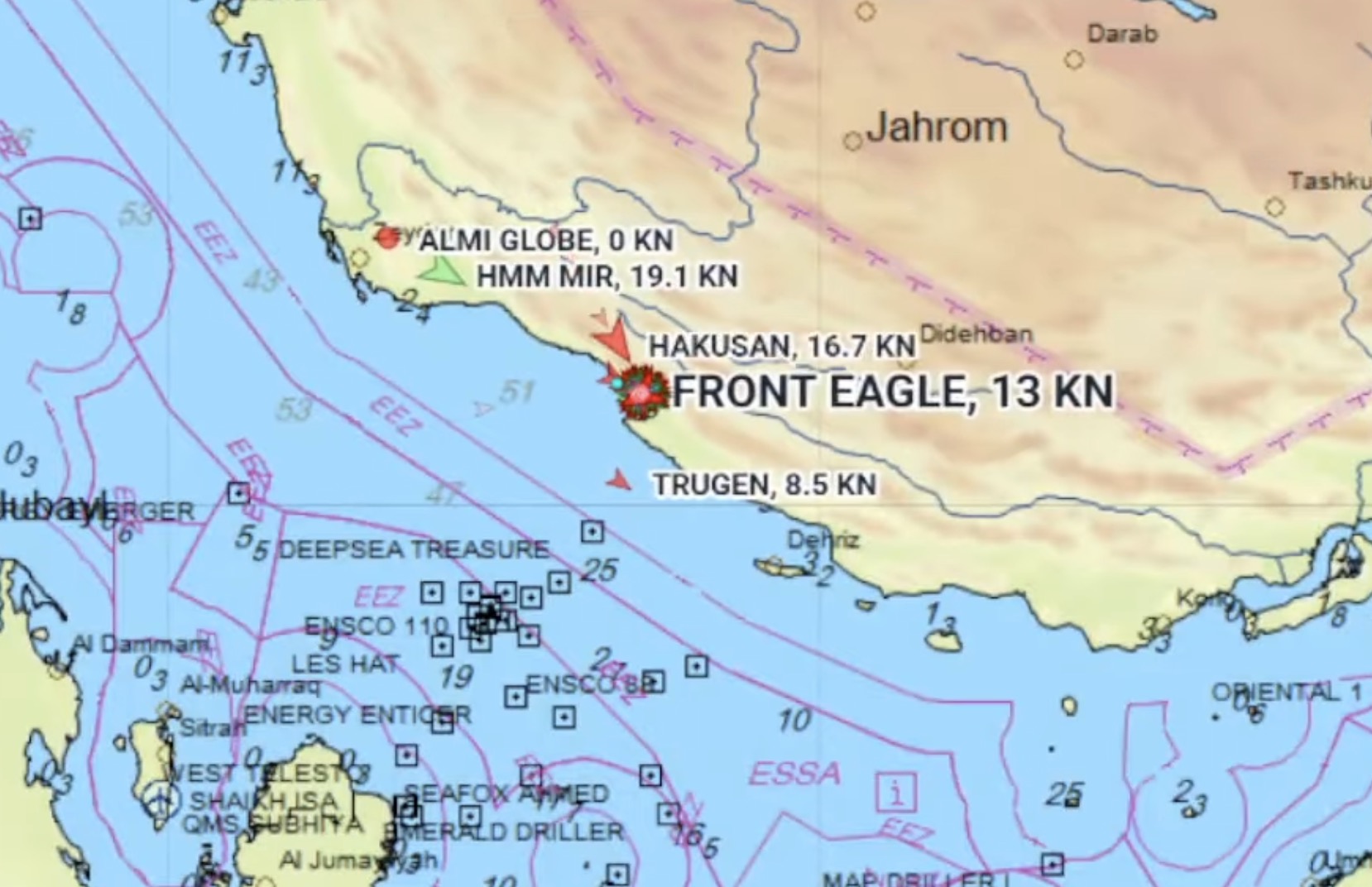Sal Mercogliano — a maritime historian at Campbell University (@campbelledu) and former merchant mariner — presents an executive summary and brief history of United States Maritime Policy and the key points affecting U.S. and International Shipping at the Marine Money Conference in New York City on June 16, 2025.
summerizer
Summary
Sal Mercaglaniano, a historian and founder of the influential YouTube channel "What's Going On with Shipping," delivers a comprehensive overview of the current challenges and historical context of the U.S. maritime industry, particularly focusing on the Ships for America Act and the role of the U.S. Merchant Marine. He draws parallels between today’s global shipping disruptions and those experienced by the U.S. over a century ago during World War I, emphasizing the urgent need for America to reclaim maritime dominance amidst growing international competition, especially from China.
Mercaglaniano outlines the cyclical nature of U.S. maritime policy and shipbuilding efforts, highlighting key legislative milestones like the Merchant Marine Acts of 1920, 1936, and subsequent laws that shaped the industry’s rise and decline. He stresses that the U.S. once possessed the world’s largest merchant fleet and navy, enabling it to project economic and military power globally. However, post-World War II decisions, including transferring ships to allied nations, lowering tariffs, and developing domestic infrastructure like highways and pipelines, contributed to the erosion of the U.S. maritime sector.
The speaker warns that China’s contemporary approach to maritime dominance—characterized by vertical integration and mercantilism, akin to the British East India Company—is reshaping the global shipping landscape. He questions whether the U.S. currently has the political will, unified leadership, and technological innovation to revive its maritime industry on the scale seen during the World Wars. Highlighting historical innovations like oil-fired vessels and pre-fabrication techniques, Mercaglaniano calls for a reassessment of America’s maritime strategy, technology adoption, and government support to ensure future competitiveness and national security.
Highlights
- ⚓ Shipping disruptions today mirror conditions last seen in 1914 during World War I.
- 🚢 The U.S. once had the world’s largest merchant marine and navy, essential for global economic power.
- 🇨🇳 China’s maritime dominance today is vertically integrated and mercantilist, unlike traditional capitalist or communist models.
- 📜 The Merchant Marine Acts of 1920 and 1936 were pivotal in establishing U.S. maritime strength.
- 🔧 Technological innovations, such as oil-fired ships and pre-fabrication, were key to past U.S. shipbuilding surges.
- 🏗️ Post-WWII policies and infrastructure development contributed to the decline of the U.S. merchant fleet.
- 🛠️ The future of U.S. maritime dominance depends on political will, unified leadership, and technological innovation.
Key Insights
-
⚓ Historical Parallels Reveal Recurring Maritime Challenges: Mercaglaniano draws a striking parallel between today’s shipping crisis—marked by frozen freight markets, skyrocketing war risk insurance, and port congestions—and the maritime disruptions of 1914. This comparison underscores the cyclical vulnerability of the U.S. maritime industry to global geopolitical and economic shocks. Understanding these historical cycles is essential for crafting resilient policies to safeguard America’s economic and national security interests.
-
🇨🇳 China’s Vertical Integration Strategy Threatens U.S. Maritime Interests: Unlike traditional maritime powers that exerted dominance through horizontal expansion (e.g., controlling fleets or routes), China’s approach integrates shipping, shipbuilding, logistics, and policy under a centralized, mercantilist framework. This model, likened to the British East India Company, provides China with comprehensive control over maritime commerce, enabling it to strategically dominate global supply chains. The U.S. must recognize this holistic threat rather than viewing maritime competition solely through a military or commercial lens.
-
📜 The Merchant Marine Acts Were More Than Just the Jones Act: Mercaglaniano challenges the common misconception that the Jones Act (section 27 of the 1920 Act) is the sole pillar of U.S. maritime policy. Instead, the broader Merchant Marine Acts laid down a comprehensive framework including shipbuilding subsidies, rate stabilization, government oversight, and workforce training. This holistic policy approach enabled the U.S. to build and sustain a merchant fleet capable of competing globally and supporting national defense. Revisiting this integrated model could inform modern legislative efforts like the Ships for America Act.
-
🛠️ Technological Innovation Has Historically Enabled U.S. Maritime Surges: Past U.S. shipbuilding booms leveraged groundbreaking technologies such as the transition to oil-fired boilers in World War I and prefabrication techniques during World War II. These innovations significantly enhanced ship range, production speed, and efficiency, allowing America to outpace competitors. The current challenge is identifying and investing in new technologies—potentially small modular nuclear reactors or zero-carbon fuels—to enable a similar leap forward in sustainable, competitive shipbuilding.
-
🏗️ Post-WWII Policy Decisions Accelerated the Decline of U.S. Maritime Dominance: After achieving maritime supremacy in 1945, the U.S. made strategic decisions that inadvertently weakened its merchant marine: selling surplus ships to allies, lowering tariffs under GATT, and investing heavily in interstate highways and pipelines that undercut coastal shipping. Additionally, deregulation and the elimination of shipbuilding subsidies in the 1980s compounded the decline. These lessons highlight the long-term impact of seemingly unrelated infrastructure and trade policies on maritime capabilities.
-
🎯 Political Will and Unified Leadership Are Critical for Maritime Revival: Past shipbuilding surges occurred during wartime with strong government direction and funding. Today, the fragmented organizational landscape—multiple agencies with overlapping roles and staffing challenges—raises doubts about whether the U.S. can mobilize effectively to rebuild its fleet. The notion of a national maritime advisor or centralized leadership is crucial to coordinate efforts, streamline policy implementation, and secure necessary investments for large-scale shipbuilding initiatives.
-
🌐 Global Shipping Awareness is at an All-Time High: Mercaglaniano notes the unprecedented public interest in shipping due to high-profile events like the Ever Given blockage and ongoing supply chain crises. This heightened visibility creates an opportunity to build broader support for maritime policy reform and investment. Communicating the strategic importance of maritime infrastructure to the public and policymakers can help generate the necessary momentum to enact and sustain transformative change in the U.S. maritime sector.
